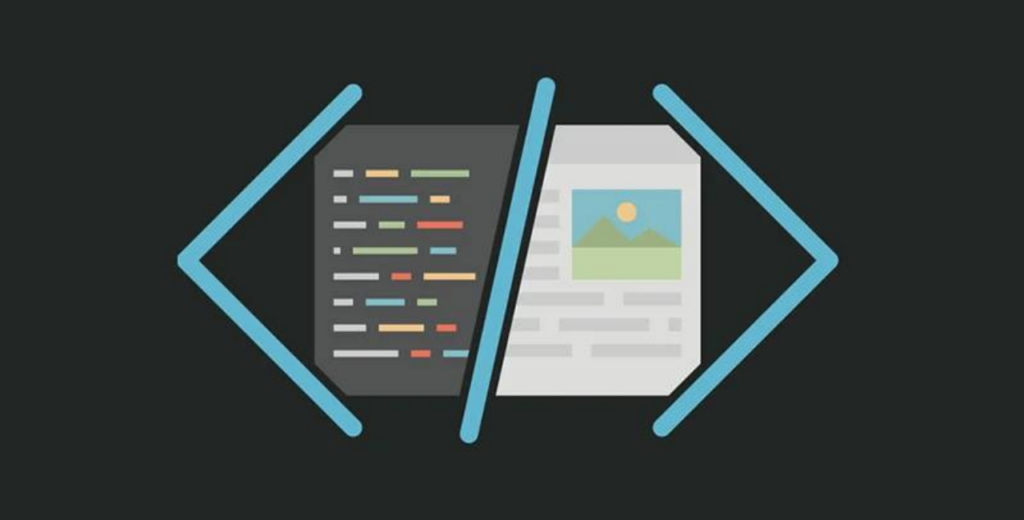In today’s fast-paced digital landscape, front-end developers play a crucial role in delivering exceptional user experiences. Beyond technical skills, problem-solving abilities are vital for tackling complex issues and ensuring seamless functionality. But how can hiring managers or tech leads effectively assess a front-end developer’s problem-solving skills during interviews? This guide provides actionable steps to help you evaluate these critical abilities.
1. Importance of Problem-Solving Skills in Front-End Development
The digital user experience is heavily influenced by the front end of a website or application. A front-end developer’s ability to solve problems impacts everything from load times and responsiveness to usability and visual appeal.
“A great front-end developer doesn’t just code; they solve problems creatively, ensuring a smooth and engaging user experience.” — Tech Industry Expert
In the hiring process, assessing a candidate’s problem-solving capabilities can reveal their proficiency in handling real-world challenges, such as debugging, browser compatibility issues, and performance optimization.
2. Key Problem-Solving Qualities to Look For
When evaluating a front-end developer, focus on these essential qualities:
- Analytical Thinking: The ability to break down complex problems into manageable parts.
- Creativity: Offering innovative solutions to design or coding challenges.
- Attention to Detail: Spotting subtle issues that could impact the user experience.
- Adaptability: Handling unexpected changes or constraints efficiently.
A practical way to assess these qualities is through scenario-based questions. Check out this comprehensive guide for questions designed to test knowledge of both front-end and back-end technologies. This resource provides a balanced approach to testing a developer’s technical and problem-solving skills.
3. Methods to Test Problem-Solving Skills
To accurately evaluate problem-solving abilities, it’s essential to go beyond basic technical assessments. Consider using these methods:
a. Coding Challenges
Set up real-time coding exercises where the candidate is asked to solve a problem within a limited timeframe. The focus should be on their approach rather than just the final solution. Observing their thought process can give insight into their problem-solving strategies.

b. Debugging Tasks
Provide the candidate with a pre-built project that contains several bugs. Ask them to identify and fix these issues. This method not only tests their technical skills but also highlights their ability to troubleshoot effectively.
c. Real-World Scenarios
Present the candidate with hypothetical scenarios, such as dealing with a performance bottleneck or handling a complex user interface update. Their proposed solutions can reveal how they handle pressure and navigate intricate problems.
For an in-depth approach to testing in real-time, refer to this useful guide, which covers various tools and techniques to assess a developer’s competence effectively.
4. Real-Time Problem-Solving Scenarios
Simulating real-world problems is one of the most effective ways to evaluate problem-solving abilities. Here are some scenarios you might use:
Scenario 1: Performance Optimization
The candidate is given a website with noticeable lag and asked to optimize the performance. Look for solutions that involve code refactoring, reducing HTTP requests, and utilizing efficient algorithms.
Scenario 2: Responsive Design Issues
Test the developer’s adaptability by asking them to fix a layout that breaks on certain screen sizes. This can show their familiarity with CSS, media queries, and responsive design principles.
Suggested Image Placement: Include an image here depicting a responsive design problem with different device views.
5. Tools for Assessing Problem-Solving Abilities
Leveraging the right tools can streamline the evaluation process. Here are some recommended tools:
- CodePen: A platform where developers can quickly create and share their front-end code. It’s great for testing how a candidate approaches a small project or a design challenge.
- GitHub Repositories: Reviewing a candidate’s past projects and contributions can provide insights into their problem-solving skills, coding style, and ability to work collaboratively.
Using real-time evaluation tools, as discussed in this detailed resource, can enhance the accuracy of your assessment by observing how the candidate handles coding tasks under pressure.

6. Soft Skills: Teamwork and Collaboration
While technical skills are critical, don’t overlook the importance of soft skills in problem-solving. Front-end developers often need to collaborate with designers, back-end developers, and project managers. Their ability to communicate effectively and work as part of a team is crucial.
To evaluate these soft skills, consider conducting a behavioral interview or team-based exercises. Learn more about assessing a developer’s teamwork skills in this insightful Medium article. It highlights key questions and strategies for understanding how a candidate interacts with others in a team setting.
7. Conclusion
Evaluating a front-end developer’s problem-solving abilities requires a comprehensive approach that includes technical assessments, real-time scenarios, and a focus on soft skills. By using the methods and resources outlined above, you can make a more informed hiring decision and find a developer who not only codes but also solves problems efficiently.
In the ever-evolving field of front-end development, the ability to adapt and tackle new challenges is what separates good developers from great ones. Remember, a strong problem-solver doesn’t just fix issues—they anticipate and prevent them, contributing to smoother project execution and better user experiences.
Final Thoughts: Investing time in assessing problem-solving skills during the hiring process will pay off in the long run. It helps ensure that your front-end developer can handle the complexities of modern web development and contribute positively to your team’s success.









